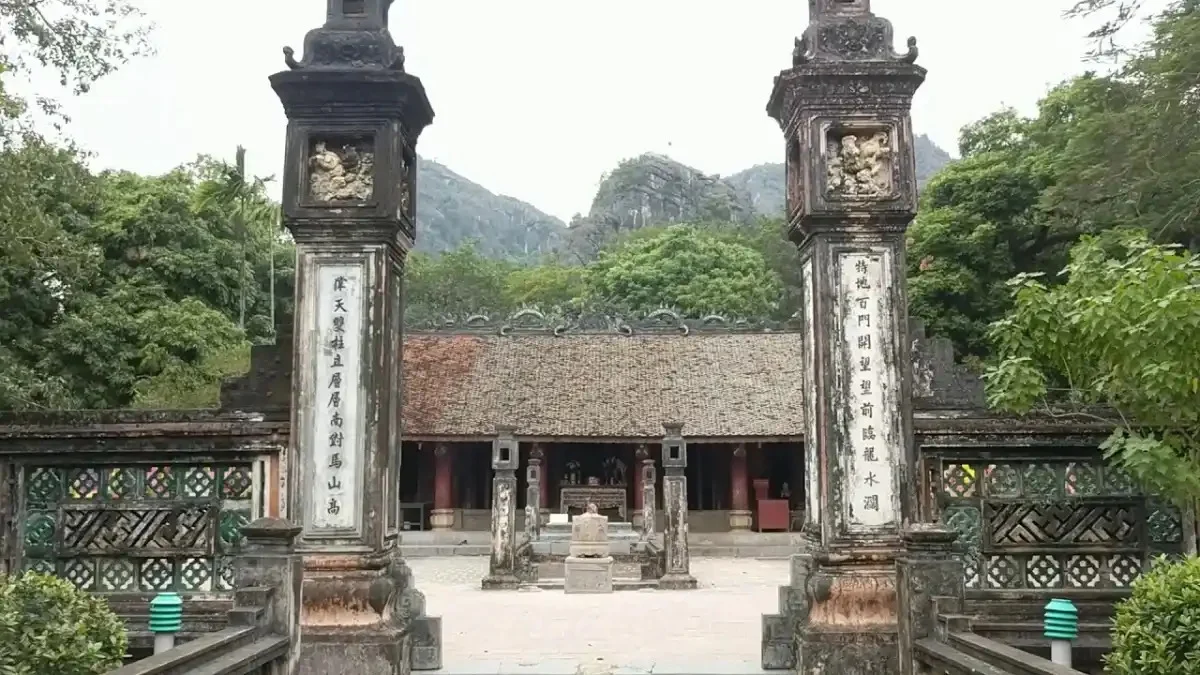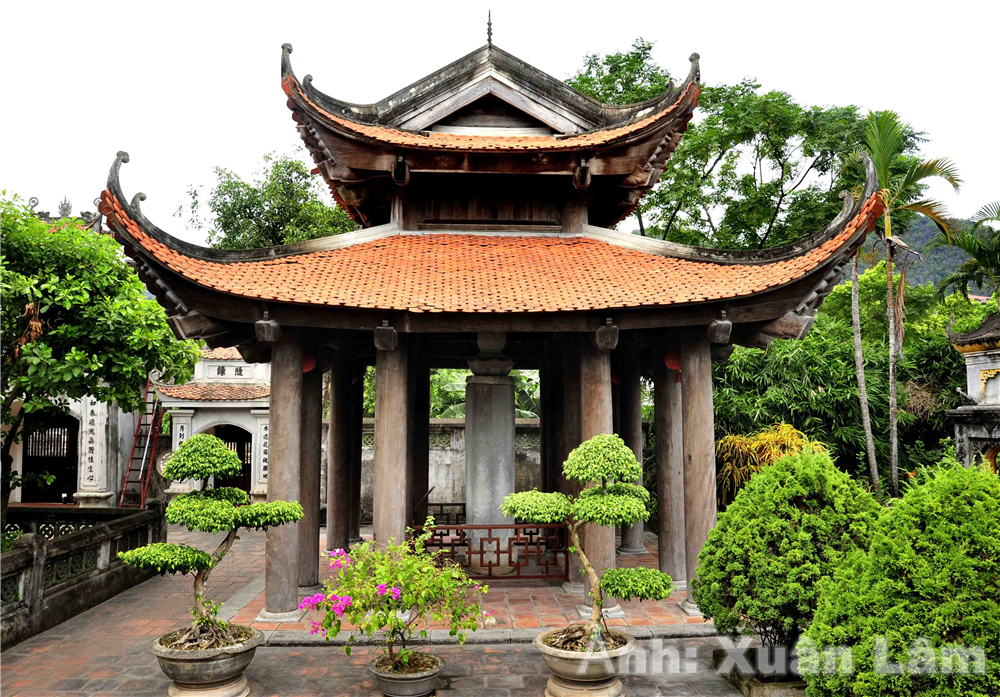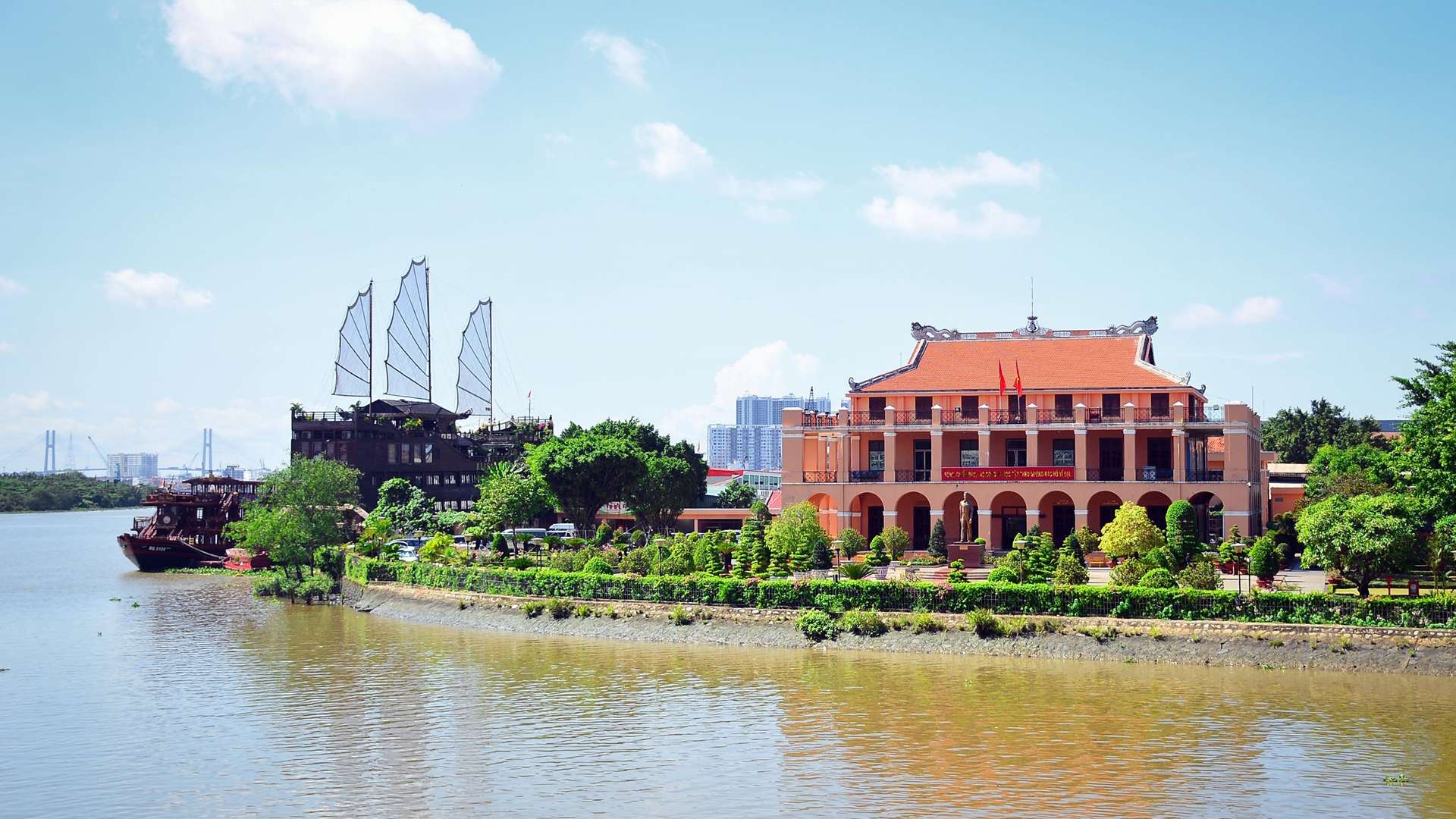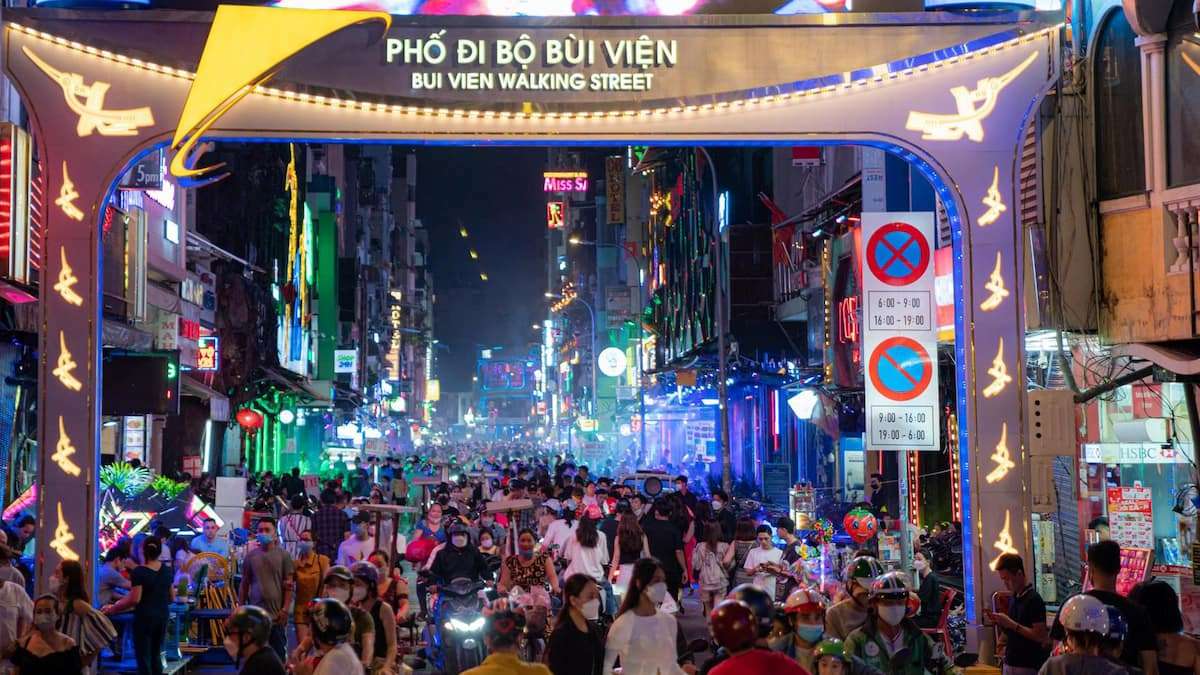The Hoa Lư Ancient Capital Historical and Cultural Site is a special national relic complex. This was the first place in Vietnamese history to become the economic, political, and cultural center of a centralized feudal state. It was the birthplace of the dynasties of Đinh, Early Lê, and the beginning of the Lý Dynasty.
In the year 1010, to lay a strong and comprehensive foundation for the prosperity of an independent feudal nation, Emperor Lý Thái Tổ relocated the capital to Đại La Citadel, later renamed Thăng Long (present-day Hanoi). From that time on, Hoa Lư became the “Ancient Capital.”
Legend has it that after Emperor Lý Thái Tổ moved the capital, in order to honor the national heroes who had contributed to the founding and defense of the country, the Lý Dynasty built a temple facing north.
How to get there
Hoa Lu is located 108 km south of Hanoi, in the Ninh Binh province.
Located on the border between Hoa Lu and Gia Vien districts and Ninh Binh city. If you intend to visit Hoa Lu ancient capital, you can travel by means of transport such as passenger car, plane or train.
Even more, Hoa Lu ancient capital is one of the most famous destinations in Ninh Binh Province so the vehicles are so convenient to make visitors comfortable.
What to see at Hoa Lu Ancient Capital
Hoa Lu Gate
On the outskirts of Ninh Binh you can find the west entrance of the old imperial capital. After crossing the bridge and the magnificent entrance gate, you can already get a glimpse of all the beauty

Temples
The two main buildings are the Temple of Dinh Tien Hoang and Lê Dai Hanh Temple. Both buildings are located in a walled section, with beautiful gardens and different water features. The temples are gorgeous and are in excellent condition. The interior of the temple is beautiful and can be seen in an almost completely original condition.
Two temple complexes come out on a large square, with in the middle a small pagoda. From the square you have a beautiful view of the picturesque old gates, against the background of the breathtaking karst mountains that this region is so well known for.

Le Dai Hanh temple
The Le Dai Hanh temple is dedicated to the princes of the early Le dynasty. The foundation date is unknown, but the temple was rebuilt at the end of the 16th century. Via an entrance gate with three entrances you enter a garden. Behind the garden is the Dragon Square, named after the dragon dance that is being raised here during the annual temple feast in honor of Le Dai Hanh, the founder of the dynasty.

In front of the main temple are the altar and a giant drum. At the back is a beautiful image of the beloved Le Dai Hanh. The figure on the left is the unpopular son Le Long Dinh, who had the reputation of lazy and playboy. The image on the right is the wife of Le Dai Hanh and widow of his predecessor Dinh Tien
Dinh Tien Hoang Temple
The Dinh Tien Hoang Temple is on the left of the Le Dai Hanhpagode. Dinh Ten Hoang was the official name of Emperor Dinh Bo Linh, the founder of the Dinh dynasty. The pagoda was founded in 979, three years before the death of the frost and has often been rebuilt. A gate gives access to a vegetable garden. Behind it is on a walled square the stone base of an imperial throne. The carved pedestal is flanked by dragons. The court, previously used as a place of sacrifice, thanks the nickname ‘dragon bed’.

In the back room of the temple is the image of Emperor Dinh Tien Hoang, accompanied by his three sons. On the right side of the complex is a small museum with black and white pictures of the temple and the surroundings of Hoa Lu. The temple of Dinh Tien Hoang is at the foot of the hill Ma Yen (Horse Saddle). The name refers to the peculiar form of the mountain. From the top, you can reach by a 300 steps staircase, you have spectacular views of the surroundings. In front of the hill, a path leads to the river. Men and women padle small boats along limestone formations.
Nhat Tru Pagoda
The Nhat Tru Pagoda is over a 1000 years old, built in the 10 century. It was a place to meet monks, as they were very important in society at that time. They were invited by the king to discuss national problems.

Opening times
Opening hours: 7:00 AM to 4:00 PM
Best time to visit
You can visit Hoa Lu Ancient Capital all year round. The least chance of rain is in the dry season, from December to April.
Visiting tips
- Dress code: there is no official dress code, but it is a spiritual place, so dress appropriate
EcoTravel is honored to come with you to enjoy this unique temple!
.





